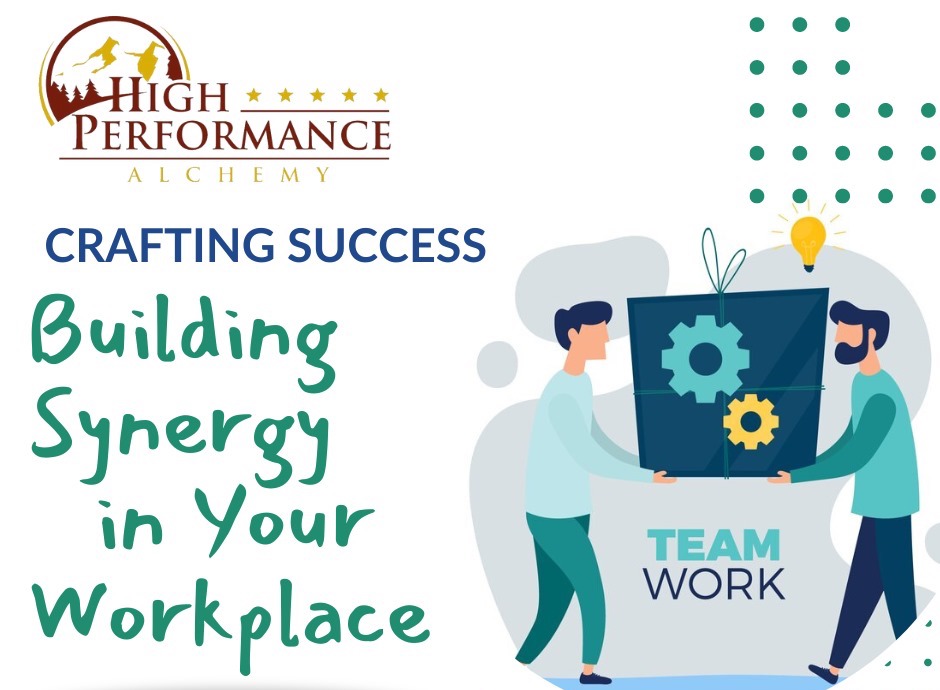Every team has its rhythm—its unique flow of communication, collaboration and culture. Sometimes this rhythm hums along in harmony; other times, it falters, leading to conflict and underperformance. This subtle but powerful force is known as team dynamics and it plays a crucial role in shaping how teams work, grow and succeed.
In the fast-paced world of business, especially in hybrid or remote environments, understanding team dynamics is no longer optional—it’s essential. When nurtured, positive team dynamics can boost productivity, spark innovation and build stronger relationships. When neglected, they can lead to disengagement, conflict and poor outcomes.
So, what exactly drives team dynamics—and how can you unlock their full potential to create a high-performing team? Let’s dive deeper.
What Are Team Dynamics?
Team dynamics refer to the invisible yet influential behavioral and psychological interactions between team members. These include how individuals communicate, make decisions, resolve conflicts and build trust. Team dynamics are influenced by a wide range of factors: individual personalities, cultural backgrounds, team structure, leadership styles and even external pressures like deadlines or market conditions.
Think of team dynamics as the “operating system” of your team. When the system is optimized, the team runs smoothly. When it’s buggy, even the most skilled individuals struggle to collaborate effectively.
The Science Behind Successful Team Dynamics
1. Psychological Safety as a Foundation
Harvard Business School professor Dr. Amy Edmondson coined the term psychological safety, defined as the shared belief that it’s safe to take interpersonal risks. This means team members feel comfortable voicing opinions, asking questions or admitting mistakes without fear of humiliation or backlash.
Teams that exhibit high psychological safety are consistently more innovative, resilient and agile. If your team is silent in meetings or hesitant to share feedback, this could be a sign of low psychological safety. Leaders can shift this by celebrating small wins, normalizing failure as a learning opportunity and encouraging vulnerability.
2. Diversity Drives Innovation
Studies by McKinsey & Company show that diverse teams—in terms of gender, ethnicity, background and thinking styles—are up to 35% more likely to outperform less diverse counterparts. Why? Because they bring varied perspectives, challenge assumptions and spark richer discussions.
Fostering inclusion goes beyond recruitment. It requires intentionally creating space where all voices are heard and valued. Ask yourself: Does every team member feel empowered to contribute? Are dissenting opinions welcomed?
Identifying the Health of Your Team Dynamics
Signs of Positive Team Dynamics:
- Mutual respect and trust are evident.
- Team members actively listen and collaborate.
- Conflict is addressed constructively.
- Achievements are celebrated collectively.
- Everyone feels a shared sense of purpose.
Signs of Negative Team Dynamics:
- Cliques or sub-groups dominate conversations.
- Feedback is withheld or poorly received.
- Blame-shifting or passive-aggressive behavior is common.
- Some voices are consistently overshadowed.
- Goals feel fragmented or misaligned.
How to Improve Team Dynamics: Actionable Strategies
1. Clarify Roles and Responsibilities
Ambiguity breeds confusion. Ensure every team member understands their role, how it fits into the bigger picture and what success looks like. Document expectations and revisit them during check-ins.
2. Improve Communication Channels
Open communication is the backbone of healthy team dynamics. Schedule regular team huddles, 1:1s and retrospectives. Use tools like Slack, Asana or Microsoft Teams to maintain transparency and alignment.
Encourage active listening—a skill where members seek to truly understand, not just respond. This fosters empathy, clarity and deeper connections.
3. Facilitate Constructive Conflict
Conflict isn’t inherently negative. In fact, when handled well, it leads to better outcomes. Train your team in conflict resolution techniques and create ground rules that guide respectful disagreement.
4. Invest in Team-Building Activities
Thoughtful team-building isn’t just about fun—it’s about trust. Whether it’s collaborative problem-solving, creative workshops or informal coffee chats, these moments strengthen interpersonal bonds.
5. Reflect and Adapt Continuously
Team dynamics are fluid. What worked a year ago might not work today. Regularly assess your team’s pulse through feedback surveys, open forums and anonymous suggestion boxes. Adapt as your team evolves.
Real-World Examples That Inspire
One of the most powerful case studies in team dynamics is Google’s Project Aristotle. After studying 180 teams, Google found that the most successful teams had five traits in common: psychological safety, dependability, structure and clarity, meaning of work and impact of work. Interestingly, technical skills mattered far less than how the team interacted.
Similarly, in sports, the best teams are not just collections of star players. Take a championship-winning cricket or football team. What sets them apart isn’t just talent—it’s the chemistry, trust and alignment they have built over time. That’s team dynamics in action.
Your Next Steps: Build Thriving Team Dynamics
Start by taking an honest look at your team’s current dynamics. Where do you see friction? Where is collaboration thriving? Initiate open dialogues, set shared goals and include your team in co-creating new norms and practices.
As a leader, your role isn’t to dictate culture—but to facilitate an environment where positive dynamics can emerge and flourish.
Thriving team dynamics don’t happen by accident. They are built through intentional practices, empathetic leadershipand a commitment to continuous growth. When your team feels safe, valued and aligned, the results go beyond productivity—they create purpose, joy and long-term success.
Unlocking the power of your team starts today.
👉 Contact Us Today for a consultation on your team’s collaboration strategy.
Contact Us
Want help assessing or improving your team dynamics? Whether you are a startup founder, a mid-level manager or an HR leader looking to build high-performance teams, we are here to support you.
#teamdynamics #highperformanceteams #leadershipdevelopment #psychologicalsafety #teamcollaboration #diversityandinclusion #teamcommunication #conflictresolution #teambuildingtips #googleprojectaristotle


